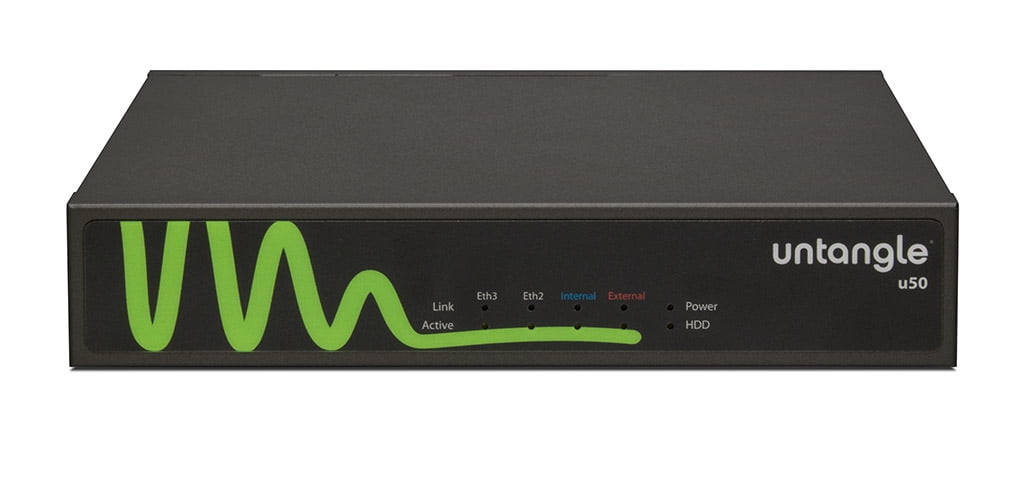

If you have a subnet that Untangle NGFW doesn't know about or have a route for, then the traffic will be sent back to the default gateway even if those hosts are internal.


Deploying Untangle NGFW without installing it in line is not likely to work. Untangle must be installed in line: Untangle NGFW is a gateway product that is designed to be in line with network traffic.There are several key rules to how Untangle NGFW operates that should be understood before deploying Untangle NGFW in an advanced/complex network: Untangle network services such as router, DNS, and DHCP.Configuring Untangle NGFW Services ports.In this chapter, we will cover the following topics: Eventually, this chapter will end with a guide on how to troubleshoot any connectivity issues.

Next, we will cover some rules such as port forwarding and NAT. Also, we will cover Untangle functionality such as router, DNS, and DHCP.Īfter that, we will cover the concept of Untangle NGFW rules and how they work. Also, this chapter will show you how to configure an Untangle NGFW hostname and the ports that the Untangle NGFW services run at (such as, the Administration Interface) to allow any internal services that use the same port to work. In addition, this chapter will teach you about the placement options for Untangle NGFW, and how the traffic is passed through the system. In this chapter, we will learn how to configure additional interfaces. Any additional interfaces that are installed on Untangle NGFW were not available to be configured during the running of the initial configuration wizard. However, some networks require some more configurations. Untangle Advanced ConfigurationĪt this point, Untangle has the basic configuration that will work for most networks. Untangle Network Security (2014) Chapter 4.


 0 kommentar(er)
0 kommentar(er)
